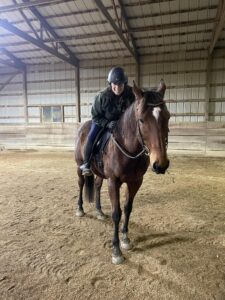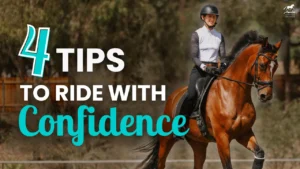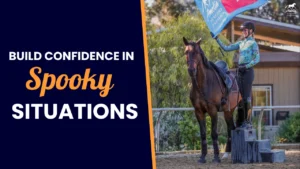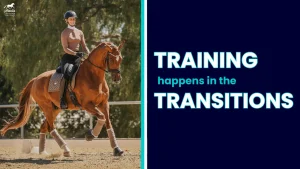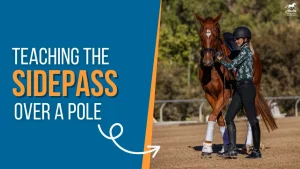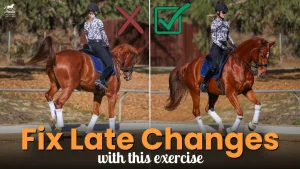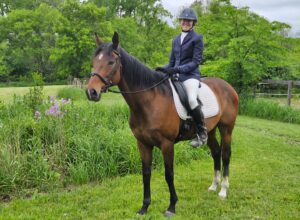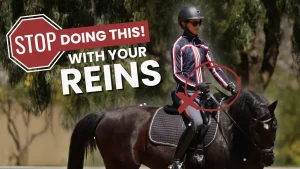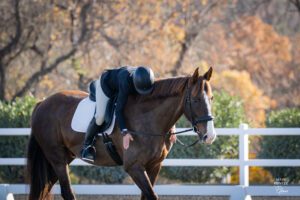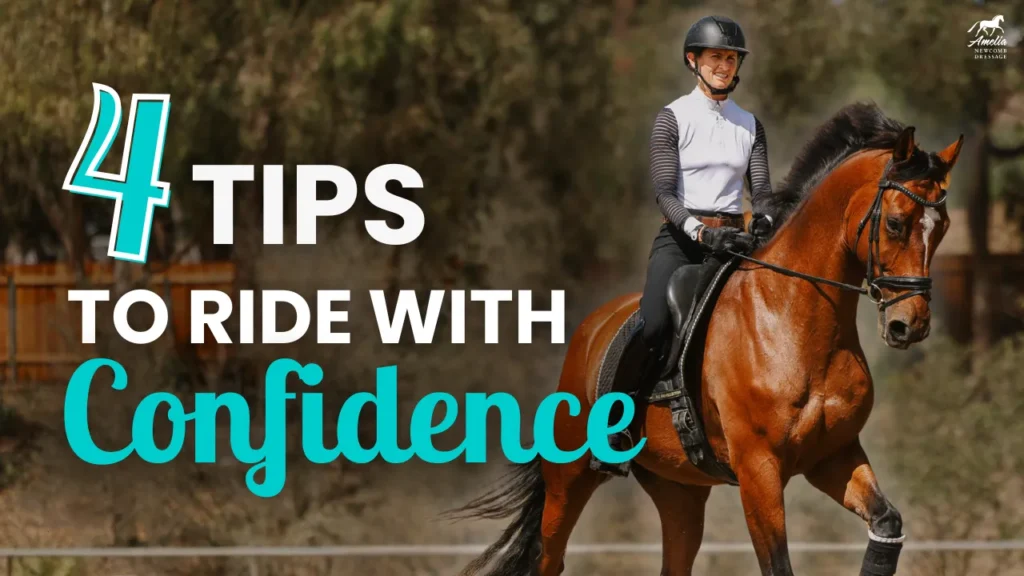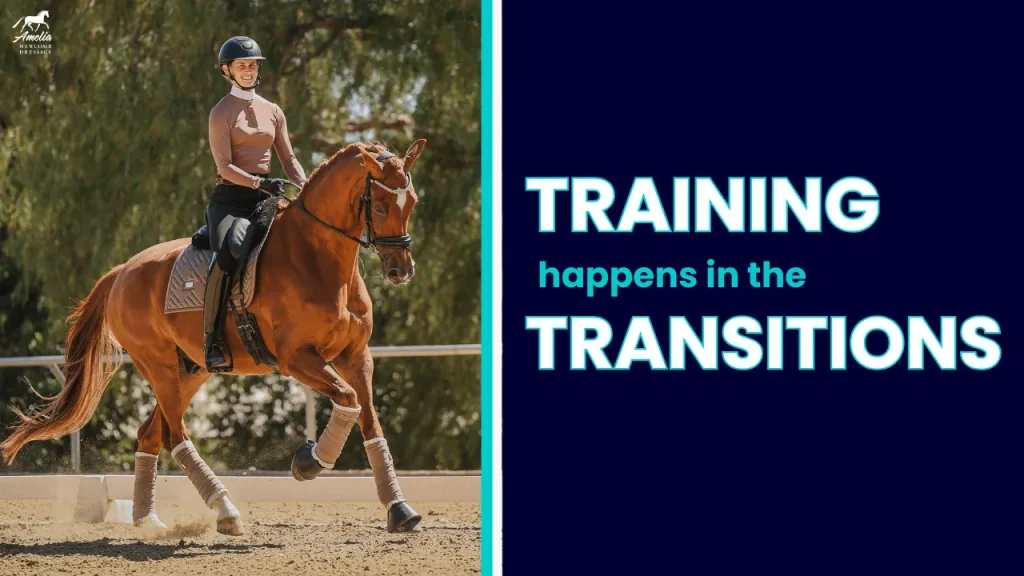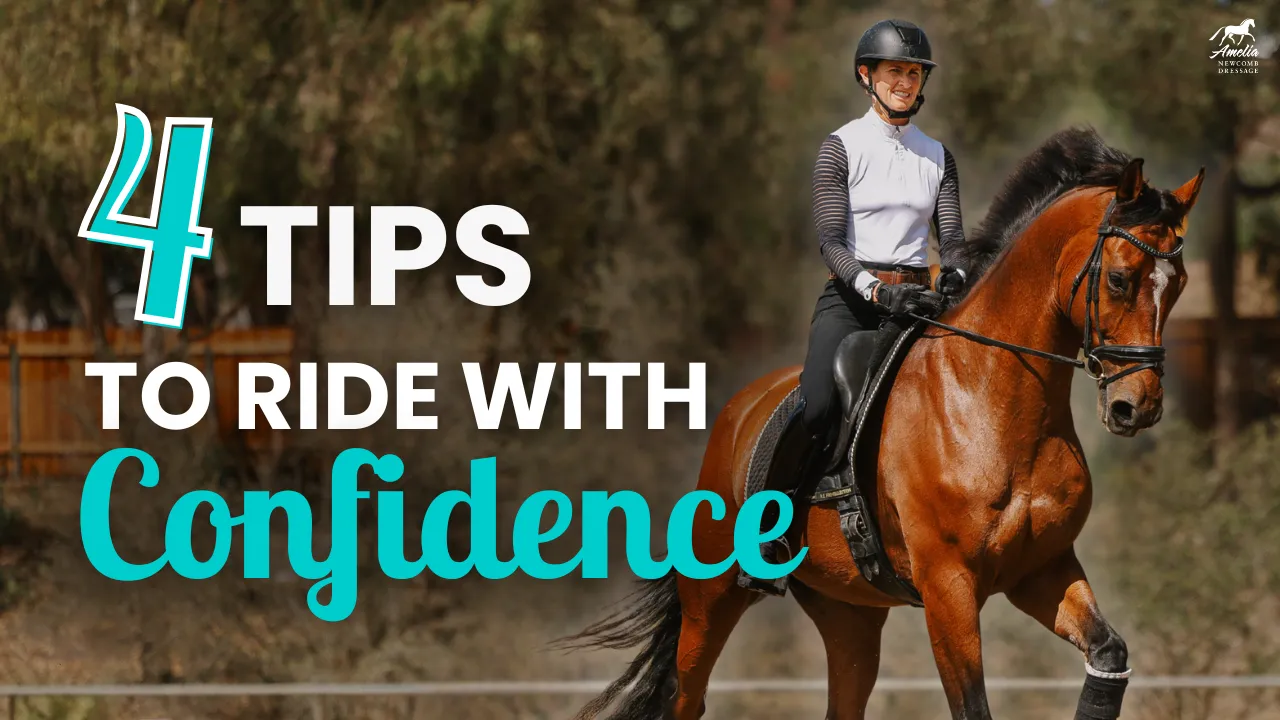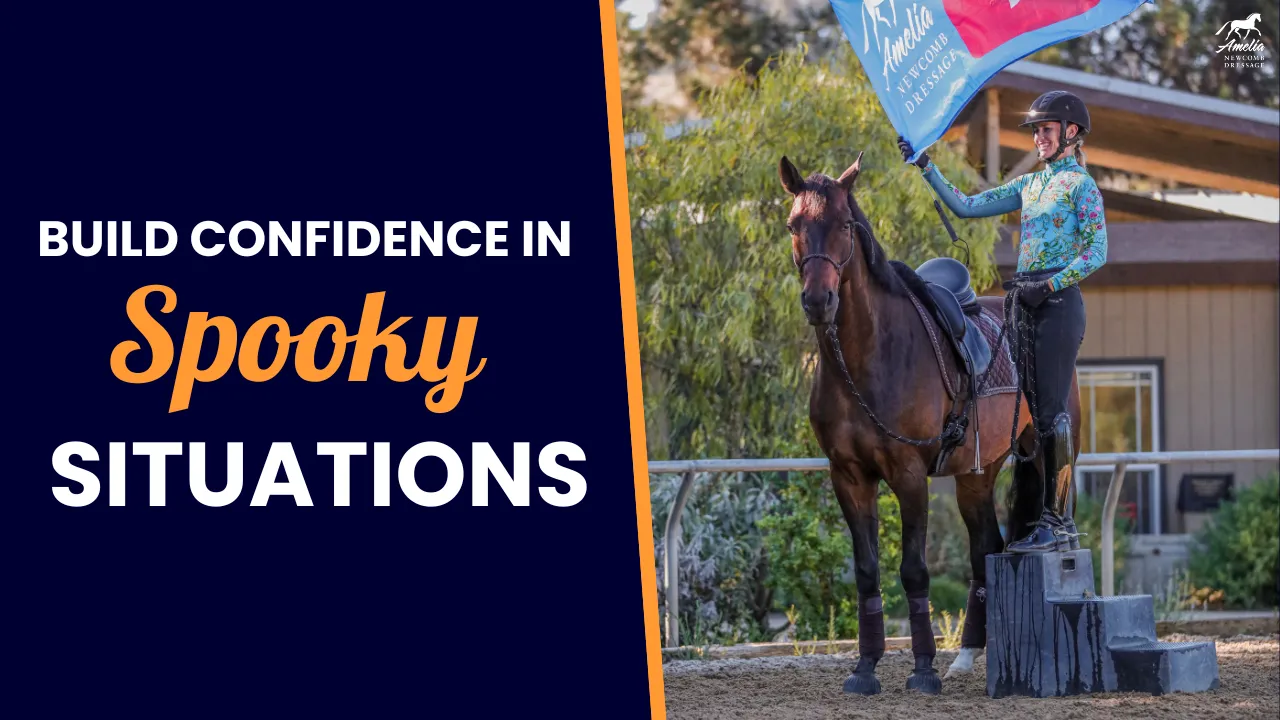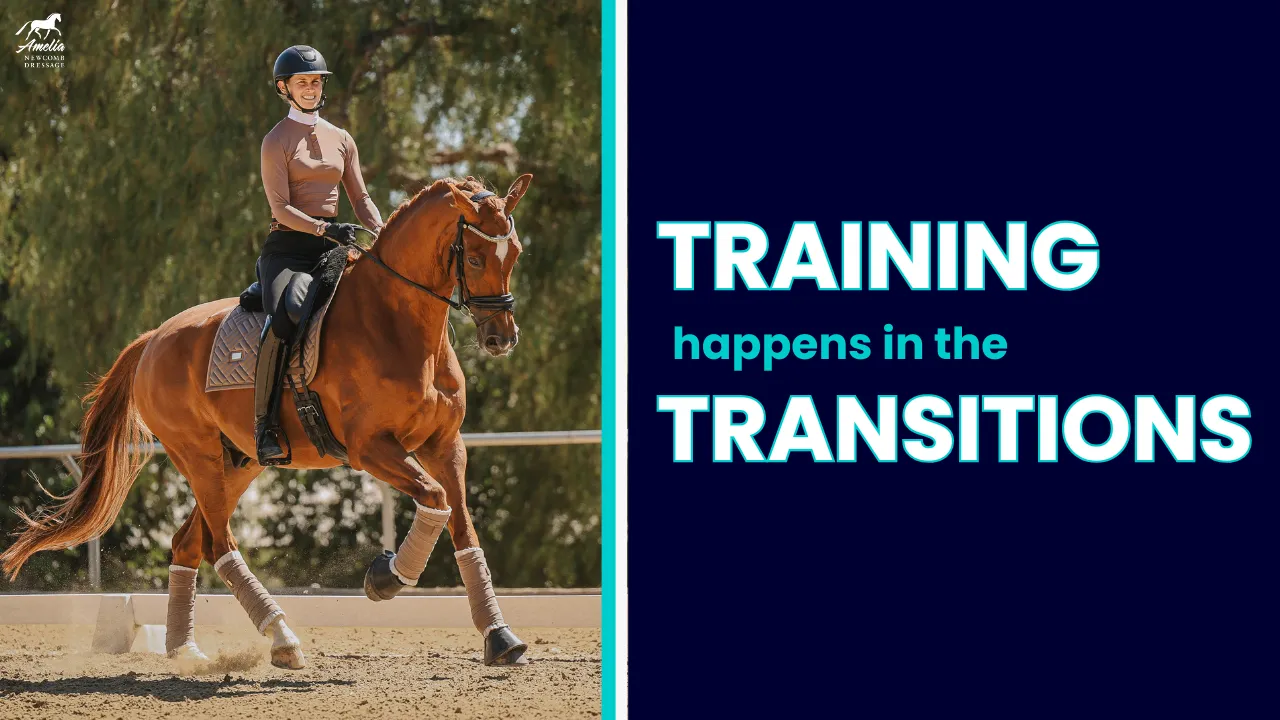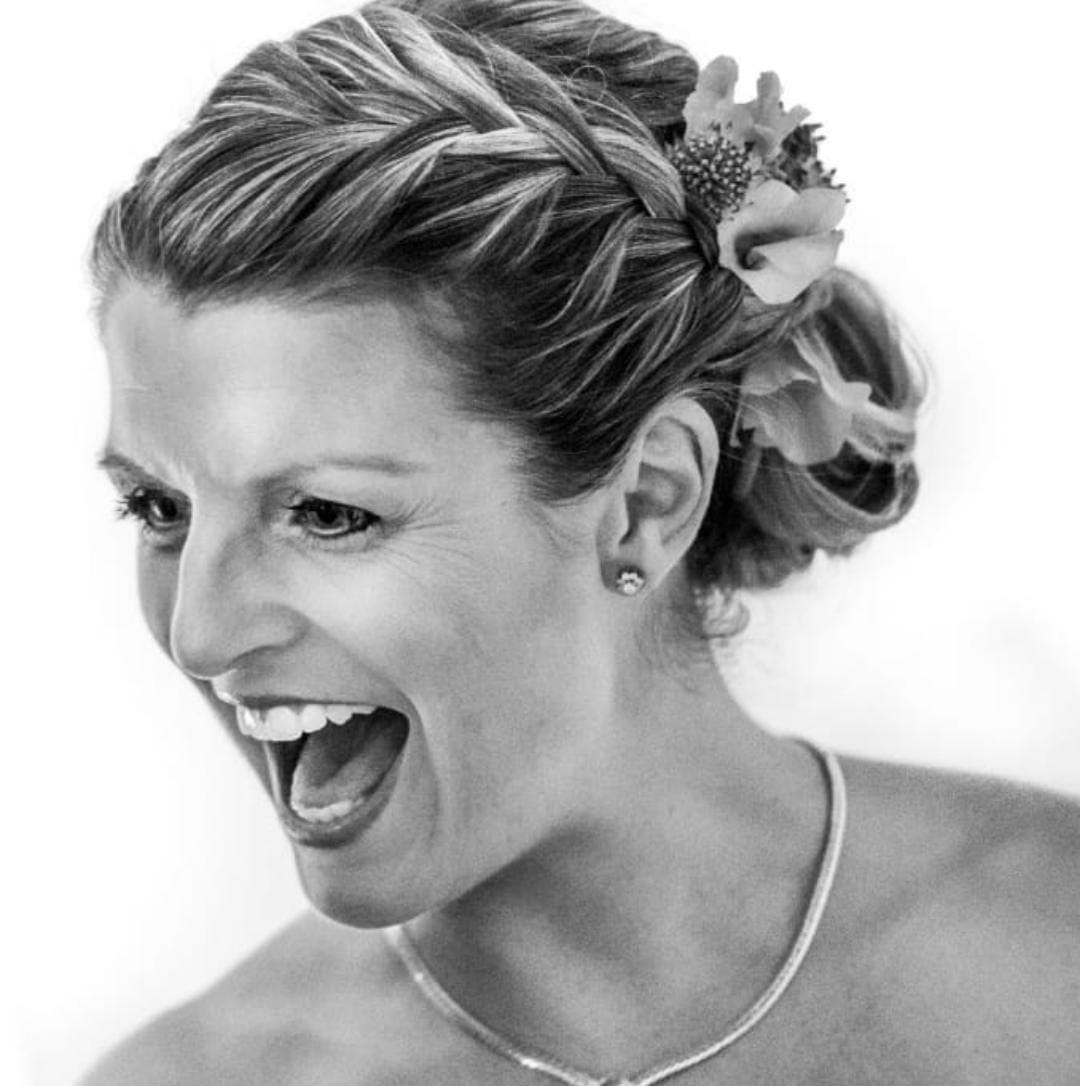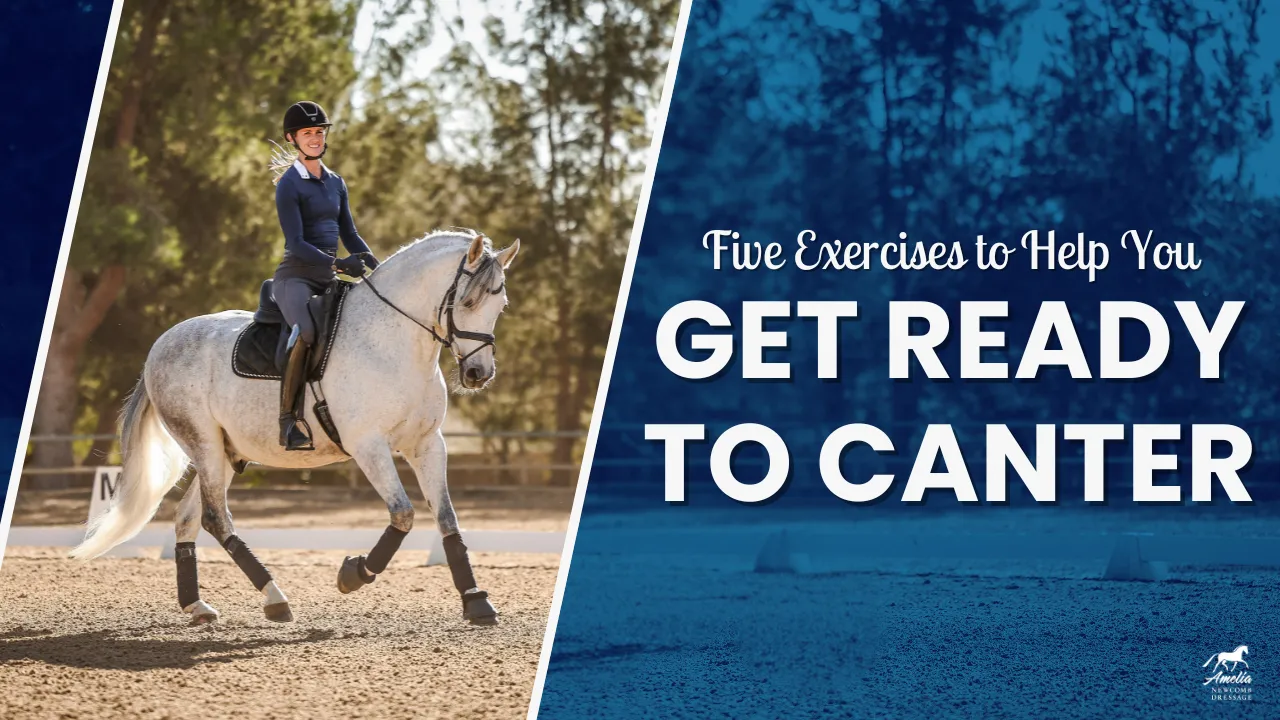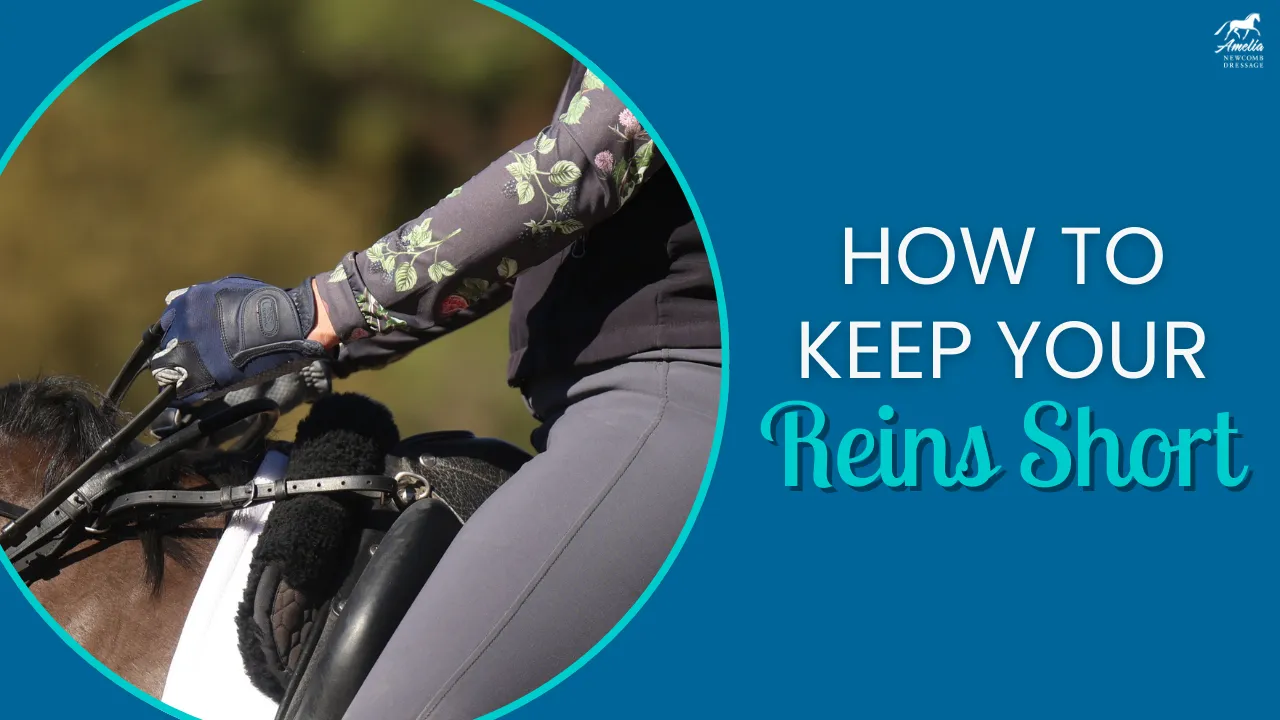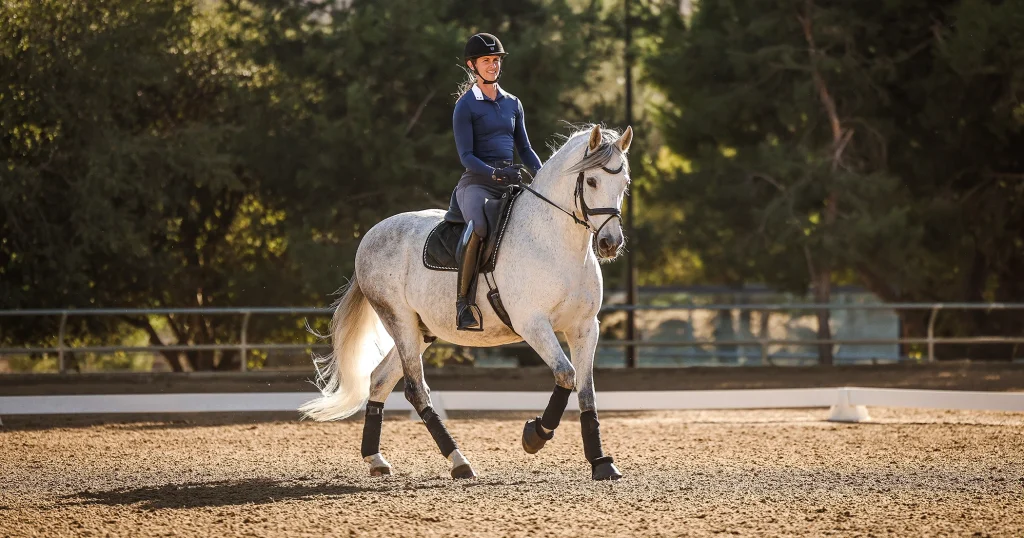Have you ever found yourself crossing your hand over your horse’s neck to keep them from falling in? It might seem like a quick fix, but this habit is doing more harm than good.
In this video, I break down exactly why this is such a common mistake and how to fix it. If you’re working on balance, bend, or straightness—or you’re trying to get your horse round and on the bit—this will help!
By the way, if you need step-by-step help to get your horse round, soft, and in the contact? Join my 30 Days to Round Challenge to learn how to train your horse to use their body correctly—starting from the ground up. Learn more here.
Why Crossing the Neck Is a Problem
When riders pull their rein across the neck (this is also called an indirect rein aid)—whether trying to turn, prevent a horse falling in, or leg-yield—it usually means a few things:
- You’re riding front to back (using your hand before your leg)
- Your horse isn’t responding to leg
- You’re not being effective with your leg or rein aids
This kind of rein use leads to counter-bend, falling on the inside shoulder, and resistance in the body. It also makes your reins less effective. Your horse might turn, but you’re not educating them correctly for the future.
Try This Visualization
To help you correct this, here’s a mental image I love:
➡️ Imagine your horse’s mane is a fence line. Your left rein belongs in the left pasture, and your right rein belongs in the right pasture. Neither rein should cross the fence! If they do, it means you’re pulling too much or trying to fix something with your hands that should be addressed with your leg.
Keep each hand in its own pasture and use your legs to position your horse between your reins.
Your Legs Do the Steering
Your reins help guide, but your legs are the primary steering aid. Think of your inside leg as the post your horse bends around. This leg keeps your horse from falling in and maintains the correct curve of their body through the turn.
Your outside leg acts as a supportive guardrail. It helps maintain the line of travel and keeps your horse from drifting out. Meanwhile, your hands stay steady and quiet—simply reinforcing the line, not leading it. When your legs do the work, your horse stays more balanced and connected.
Exercise 1: The Point and Shoot
A great way to improve your horse’s steering is with what I call the point-and-shoot method. Start by turning your body and eyes toward the letter you want to ride to. This naturally helps guide your horse in the right direction.
Next, use your inside rein to gently point your horse’s nose toward that target. Then use your outside rein and leg to drive your horse forward toward it. The beauty of this method is that it reinforces straightness and direction—without needing to cross your reins over the neck.
Exercise 2: Spiral In, Spiral Out
If your horse ignores your inside leg or tends to fall in on circles, try the spiral in and out exercise. Begin on a 20-meter circle and slowly spiral inward—first to 18 meters, then to 15, and eventually to a 12-meter circle.
Once you’ve reached the smaller circle, leg yield outward with the haunches slightly leading. Use your inside leg to push your horse into the outside rein. This helps develop correct bend, lateral response, and suppleness—so you won’t feel like you need your hands to force the turn.
Final Tips
Rein use is subtle but powerful. When your hands stay in the correct “pastures” and your legs are doing their job, everything becomes clearer—for both you and your horse. You’ll see better bend, straighter lines, and more responsiveness to your aids.
If your horse is ignoring your leg, resisting the contact, or just not turning the way you want them to, don’t reach for your reins. Build a better response from your leg and train your horse to stay between your hands instead. I hope this helps you and your horse!
Happy Riding!
Amelia
P.S. Your horse resists contact, doesn’t bend easily, or feels stiff and unbalanced? Join my 30 Days to Round Challenge and get a full system to develop roundness, softness, and better balance—starting with the basics and progressing step by step. Join the course here.
